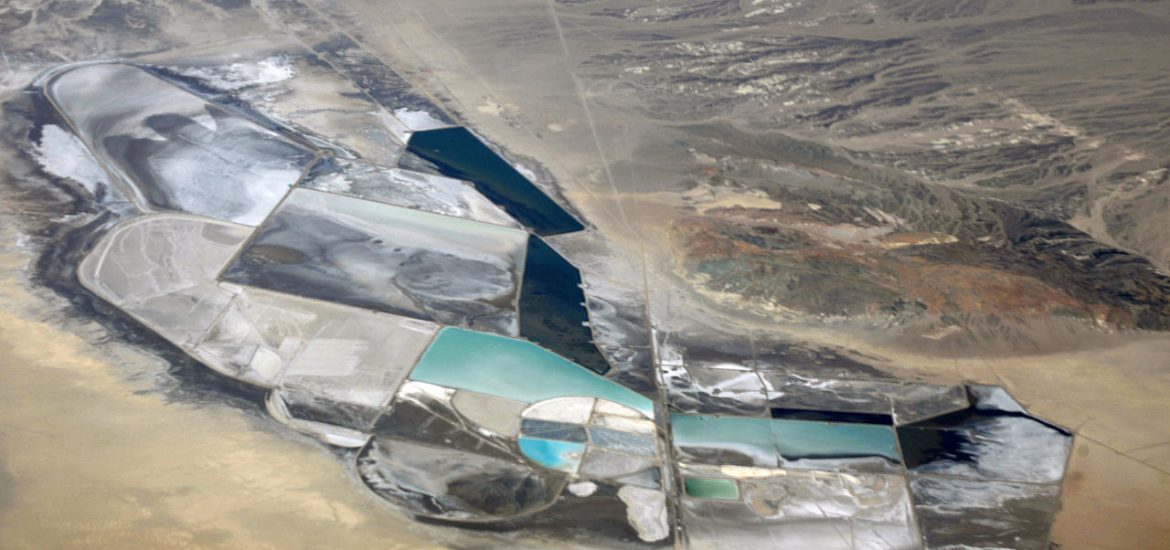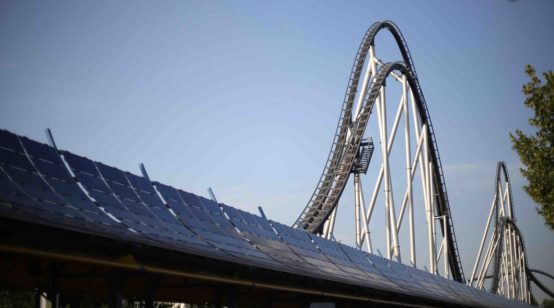
Scientists say they have created the world’s first rechargeable proton battery, a potentially important step towards cheaper and less ecologically damaging energy storage.
The small-scale prototype has the potential to be competitive with the dominant lithium-ion batteries.
The rechargeable battery, created by a team at RMIT (Royal Melbourne Institute of Technology) in Australia, uses carbon and water instead of lithium.
Lithium is a relatively rare and expensive metal. Rather than focusing on other metals like magnesium, the research team built rechargeable “proton” batteries from abundant carbon and water. If commercialised, the technology could allow for cheaper domestic or grid storage work with solar panels or wind power.
Professor John Andrews, the project leader, said that as renewable energy sources became more efficient there was an increasing need for storage technologies that used cheap and abundant materials.
The findings were published in the International Journal of Hydrogen Energy.
“Lithium-ion batteries are great but they rely on ultimately scarce and expensive resources,” Andrews said. “Hydro is also a good technology but suitable sites are limited and the cost may be very high.
“The advantage is we’re going to be storing protons in a carbon-based material, which is abundant, and we are getting protons from water which is readily available.”
The batteries are due to be a hybrid between a chemical battery and hydrogen fuel cell. During charging, water is split to produce protons, which then pass through a cell membrane and bond to the carbon electrodes, without creating hydrogen. To tap the stored energy, the hydrogen ions are released and lose an electron to re-form protons. The electrons supply power, while hydrogen protons combine with oxygen and other electrons to re-form into water.
A proton battery theoretically never produces hydrogen gas, so energy efficiency is comparable to lithium-ion batteries. Energy density would also comparable to lithium ion, the scientists reported.
The battery reportedly produces no carbon emissions and would be able to store electricity from zero-emissions renewables.
Andrews predicted that the design could be commercially available in five to 10 years.
“When it is commercially available, it would be a competitor to the Tesla Powerwall and then eventually we’d hope we might find applications at the scale of the huge Tesla battery [in neighbouring South Australia] and even larger,” he added.
“Future work will now focus on further improving performance and energy density through the use of atomically-thin layered carbon-based materials such as graphene, with the target of a proton battery that is truly competitive with lithium-ion batteries firmly in sight,” Andrews said.
The development of the proton battery was a joint effort by researchers from the School of Engineering’s Aerospace, Mechanical and Manufacturing School and the Mechanical Engineering Department of the Thapar Institute of Engineering and Technology in India.
The Chemetall Foote Lithium Operation in Nevada. There are numerous attempts to reduce the use of lithium. Picture credit: Wikimedia





